This general form for this type of low pass filter is: -
\$H(s) = \dfrac{\omega_n^2}{s^2 + 2\zeta \omega_n s+\omega_n^2}\$
And if you solve the quadratic in the denominator (to reveal the poles) you get: -
\$s = \dfrac{-2\zeta\omega_n \pm 2\omega_n\sqrt{\zeta^2-1}}{2}\$
\$ = \omega_n(-\zeta \pm \sqrt{\zeta^2-1})\$
Then, if you analyse the square root, you can see that for low damping (low zeta) you get the square root of a negative number hence that part of the equation involves "j" and you get conjugate complex poles at some fraction of +/-\$\omega_n\$.
When the damping (zeta) reaches unity, there are no more complex poles and a single pole lies on the real axis at \$-\zeta\omega_n\$. This then splits into two poles (along the real axis) as zeta rises above 1.
A low value of zeta is under-damped hence you get a peaky response in the bode plot and you get conjugate poles. When zeta = 1 you get critical damping and when zeta is greater than 1 you get a rather sloppy 2nd order filter that starts to look like a 1st order filter as R dominates over \$X_L\$.
To get numbers we need to know how zeta and omega relate to R, L and C values: -
\$\zeta = \dfrac{R}{2}\sqrt{\dfrac{C}{L}}\$ and
\$\omega_n = \dfrac{1}{\sqrt{LC}}\$
For R = 10, C = 0.00001 and L = 0.001, zeta = 0.5 and Wn = 10,000 and this is as you display the conjugate poles on your first graph.
For R = 10 and C = L = 0.001, zeta = 5 and Wn = 1,000 so the poles are at: -
\$s=1000(-5\pm\sqrt{24}\$) = -9899 and -101 and I can't precisely say if this corresponds with your graph but it looks close.
For R = 100 and C - L = 0.001, zeta = 50 and Wn = 1,000 so the poles are at: -
\$s=1000(-50\pm\sqrt{2499}\$) = -99,990 and -0.01 so you are not able to see the higher pole on your graph but otherwise I would say I get about the same result.
To substantiate the theory a bit more, this picture may be useful: -
It's also noteworthy that when both poles lie on the real axis (i.e. the over-damped situation), pole positions are: -
\$ = \omega_n(-\zeta + \sqrt{\zeta^2-1})\$ and \$ = \omega_n(-\zeta - \sqrt{\zeta^2-1})\$
And, if you did the math you would find that one pole is the normal conjugate of the other with respect to \$\omega_n\$ i.e. if one is ten times \$\omega_n\$ then the other is one-tenth of \$\omega_n\$.
In other words \$ = \omega_n(-\zeta + \sqrt{\zeta^2-1})\$ is the inverse of \$ = \omega_n(-\zeta - \sqrt{\zeta^2-1})\$.
